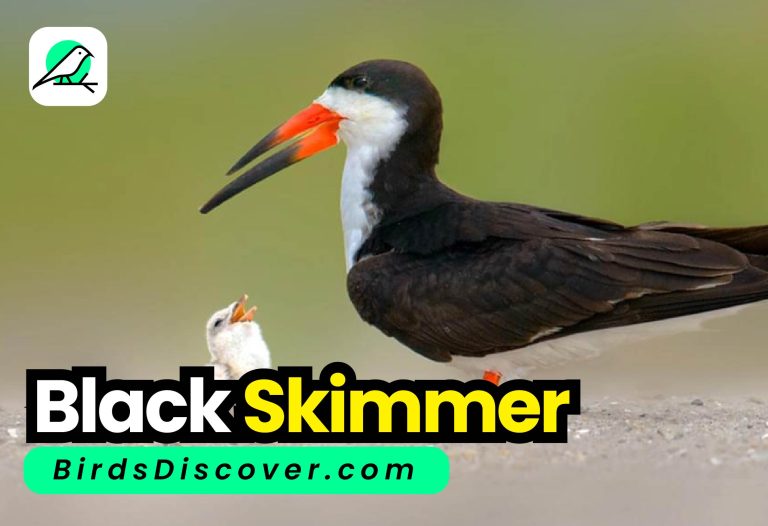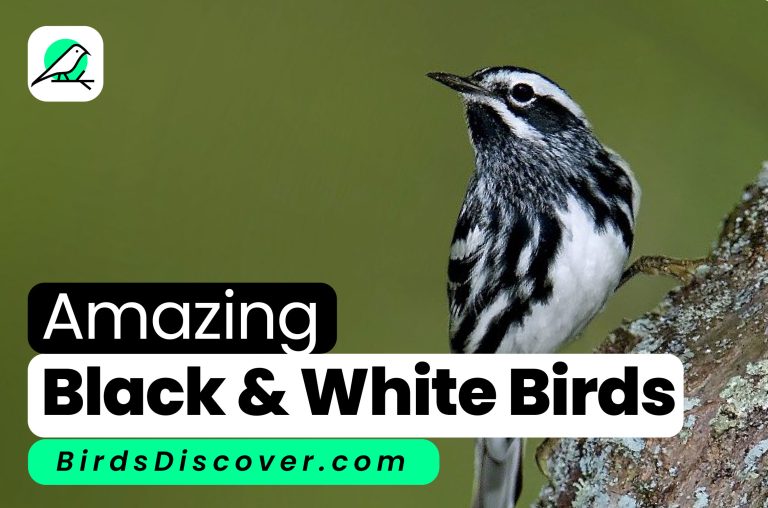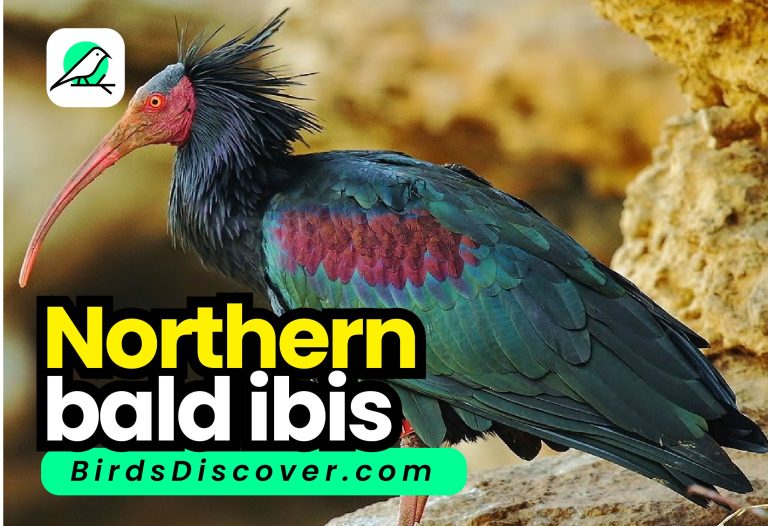Neotropic Cormorant [Nannopterum brasilianum]: Exploring Their World

These birds are skilled hunters, diving underwater to catch their prey.
They are known for their unique drying behavior, where they spread their wings after diving.
While their populations are stable, habitat preservation is essential for their continued survival.
Scientific Classification
| Rank | Scientific Classification |
|---|---|
| Kingdom | Animalia |
| Phylum | Chordata |
| Class | Aves |
| Order | Suliformes |
| Family | Phalacrocoracidae |
| Genus | Phalacrocorax |
| Species | Phalacrocorax brasilianus |
Neotropic cormorant
The Neotropic cormorant (Phalacrocorax brasilianus), a striking bird native to Central and South America, is notable for its sleek black plumage and distinctive diving behavior. Characterized by its long, slender neck and sharp, hooked bill, this cormorant is a proficient fisher, diving beneath the water’s surface to catch fish with remarkable agility. The Neotropic cormorant often inhabits a variety of wetland environments, including rivers, lakes, and coastal areas, where it can be seen perched with wings outstretched to dry after diving. Its presence in diverse habitats reflects its adaptability and skill as a hunter. Socially, these birds are often found in colonies, where they build nests in trees or on rocky outcrops. The Neotropic cormorant plays a significant ecological role in its environment, contributing to the balance of aquatic ecosystems by controlling fish populations.
Summary
The Neotropic cormorant (Phalacrocorax brasilianus) is a medium-sized bird native to Central and South America, known for its striking black plumage and adept fishing skills. Distinguished by its long, slender neck and hooked bill, this cormorant excels at diving to capture fish. It inhabits a range of wetland environments, including rivers, lakes, and coastal areas, where it often perches with wings outspread to dry after diving. Social by nature, the Neotropic cormorant frequently nests in colonies, utilizing trees or rocky outcrops. Its role in aquatic ecosystems is significant, as it helps control fish populations and maintains ecological balance. The species is adaptable and resilient, thriving in diverse habitats across its extensive range.
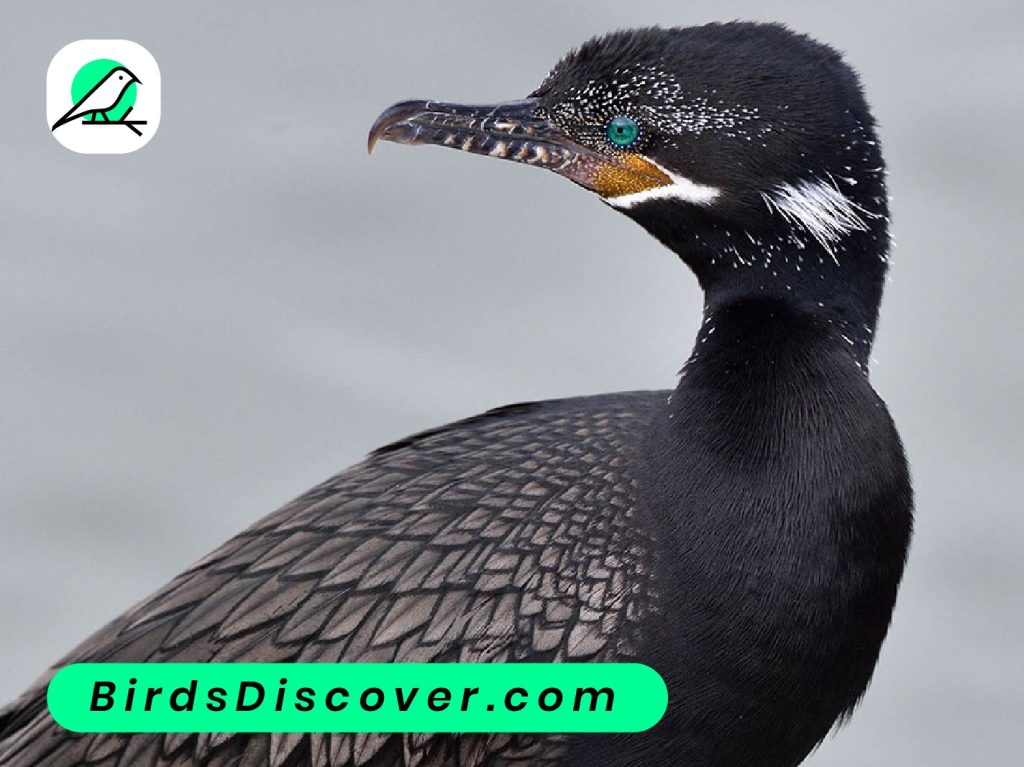
Taxonomy
- Kingdom: Animalia
- Phylum: Chordata
- Class: Aves
- Order: Suliformes
- Family: Phalacrocoracidae
- Genus: Phalacrocorax
- Species: Phalacrocorax brasilianus
Description
The Neotropic cormorant (Phalacrocorax brasilianus) is a striking bird characterized by its sleek, dark plumage, which appears almost glossy black. It is medium-sized, with a body length ranging from 70 to 85 centimeters (28 to 33 inches) and a wingspan of approximately 115 to 140 centimeters (45 to 55 inches). This cormorant features a long, slender neck and a sharp, hooked bill adapted for catching fish.
The Neotropic cormorant’s legs and feet are webbed, aiding in its excellent diving ability as it plunges into water to pursue prey. Its eyes are well-suited for underwater vision, and its feathers are semi-waterproof, allowing it to stay buoyant while swimming but necessitating frequent drying of its wings by spreading them out in a characteristic pose.
Inhabiting a variety of wetland habitats such as rivers, lakes, and coastal regions, the Neotropic cormorant often nests in colonies, building its nest in trees, on cliffs, or even on the ground. Social and vocal, it communicates through a range of calls and displays, especially during breeding season. The Neotropic cormorant plays a crucial ecological role in its environment by controlling fish populations and contributing to the health of aquatic ecosystems.
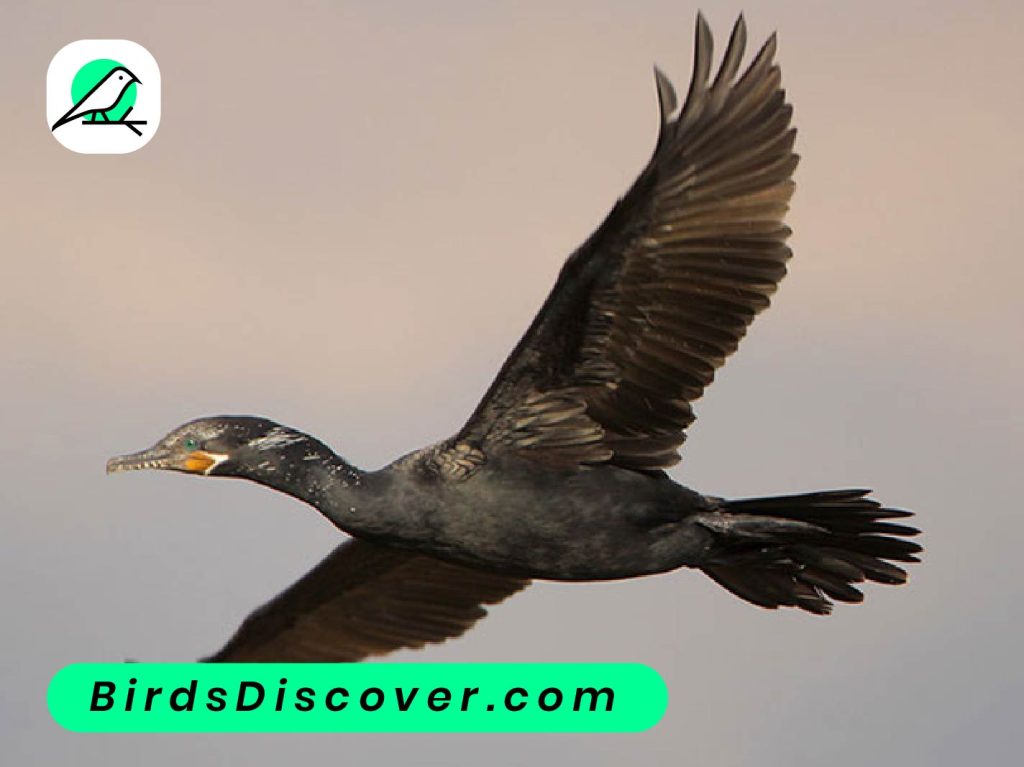
Food
The Neotropic cormorant (Phalacrocorax brasilianus) primarily feeds on a diet of fish, which it captures through adept diving and swimming techniques. Utilizing its sharp, hooked bill and excellent underwater vision, the cormorant dives from the surface to pursue and grasp fish, which it swallows whole. This diet predominantly includes small to medium-sized fish such as tetras, catfish, and other freshwater or marine species depending on its habitat.
In addition to fish, the Neotropic cormorant may occasionally consume other aquatic prey like crustaceans and amphibians, particularly in areas where fish are less abundant. The bird’s hunting strategy involves a combination of swift, agile swimming and precise underwater maneuvering, reflecting its specialized adaptations for an aquatic lifestyle. The cormorant’s ability to dive deeply and remain submerged for extended periods enhances its efficiency as a hunter, making it a skilled and effective predator in its wetland and coastal environments.
Breeding
The breeding behavior of the Neotropic cormorant (Phalacrocorax brasilianus) is characterized by its social and often colonial nature. Breeding typically occurs during the dry season, when food resources are abundant and conditions are favorable for raising young. These cormorants are known to nest in colonies, which can vary in size from a few pairs to several hundred, depending on the location and availability of suitable nesting sites.
Nesting sites are usually situated in trees, on cliffs, or on the ground, often near water bodies where the birds can easily access food. The nests are constructed from a variety of materials, including sticks, reeds, and leaves, and are often built in close proximity to each other within the colony. Both parents are involved in nest building, which includes arranging the nest materials and lining the interior with softer materials to protect the eggs.
The female typically lays 2 to 4 eggs per clutch, which are incubated by both parents for about 3 to 4 weeks. During this period, the parents take turns incubating the eggs and foraging for food. Once hatched, the chicks are altricial, meaning they are born naked and blind, requiring extensive care and feeding from both parents.
As the chicks grow, they are fed a diet of regurgitated fish and gradually learn to swim and dive. Fledging occurs around 6 to 8 weeks after hatching, when the young are capable of flying and hunting on their own. The Neotropic cormorant’s colonial breeding habits help protect the nests from predators and enhance the chances of survival for the chicks through collective vigilance and social behavior.
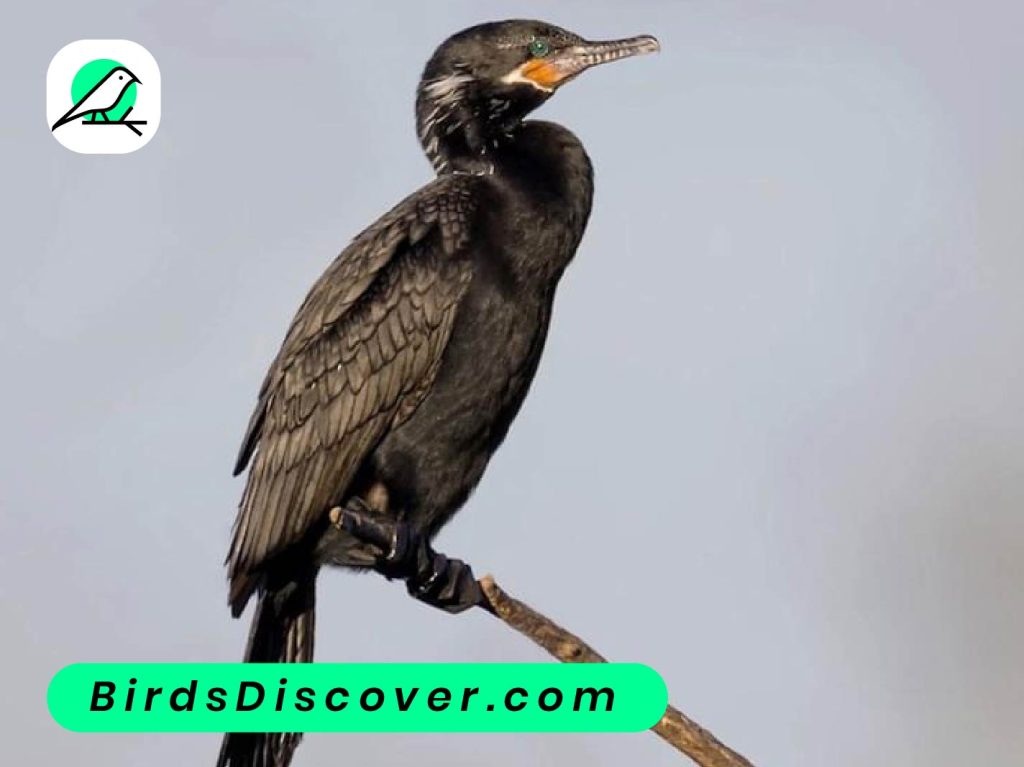
Lifespan
Lifespan: The Neotropic cormorant (Phalacrocorax brasilianus) generally has a lifespan of about 10 to 15 years in the wild. This longevity is influenced by various factors, including predation, environmental conditions, and availability of food. In captivity, where threats are minimized and care is managed, they can sometimes live longer, potentially reaching up to 20 years.
Voice
Voice: The vocalizations of the Neotropic cormorant are varied and serve different purposes. Their calls are generally described as a series of low, grunting sounds or croaks, which can be heard during interactions within the colony and while communicating with their mates or chicks. These calls can be used to establish territory, signal alarm, or coordinate activities within the nesting colony. Their vocal repertoire includes harsh, guttural noises that contribute to their distinctive presence, especially in noisy, bustling breeding colonies where multiple birds vocalize simultaneously.
Common Names in Different Languages
| Language | Common Name |
|---|---|
| English | Neotropic Cormorant |
| Spanish | Cormorán Neotropical |
| Portuguese | Cormorão-Neotropical |
| French | Cormoran Néotropical |
| German | Neotropischer Kormoran |
| Italian | Cormorano Neotropicale |
| Dutch | Neotropische Aalscholver |
| Swedish | Neotropisk Skarv |
| Russian | Неотропический баклан (Neotropicheskiy baklan) |
| Chinese (Simplified) | 新热带鸬鹚 (Xīn rèdài lúcí) |
| Japanese | ネオトロピックコウモリ (Neotoropikku kōmori) |
Threats
The Neotropic cormorant (Phalacrocorax brasilianus) faces several threats that impact its populations and habitat. Key threats include:
- Habitat Loss: Deforestation, land conversion for agriculture, and urban expansion lead to the destruction and fragmentation of wetland and coastal habitats, which are crucial for the cormorant’s breeding and foraging activities.
- Pollution: Pollution of waterways from agricultural runoff, industrial waste, and urban discharge can degrade the quality of aquatic habitats, affecting the availability of prey and potentially harming the cormorants through contamination.
- Climate Change: Changes in climate can alter the availability of freshwater and marine resources, affect breeding patterns, and impact the distribution of prey species. Extreme weather events and rising temperatures can also disrupt nesting sites and food availability.
- Human Disturbance: Disturbance from human activities, such as boating, fishing, and tourism, can disrupt breeding colonies and reduce the success rate of raising young. Nesting sites in accessible areas may be particularly vulnerable to such disturbances.
- Fishing Practices: The use of gillnets and other fishing gear can entangle and accidentally kill cormorants. Additionally, competition with commercial and recreational fisheries for fish resources can impact their food supply.
- Invasive Species: Invasive plant species can alter wetland ecosystems, affecting the availability of suitable nesting sites and food sources. Predation by introduced species can also threaten cormorant nests and chicks.
Addressing these threats requires coordinated conservation efforts, including habitat protection and restoration, pollution control, and sustainable management of fisheries, to ensure the continued survival of the Neotropic cormorant and its ecosystem.
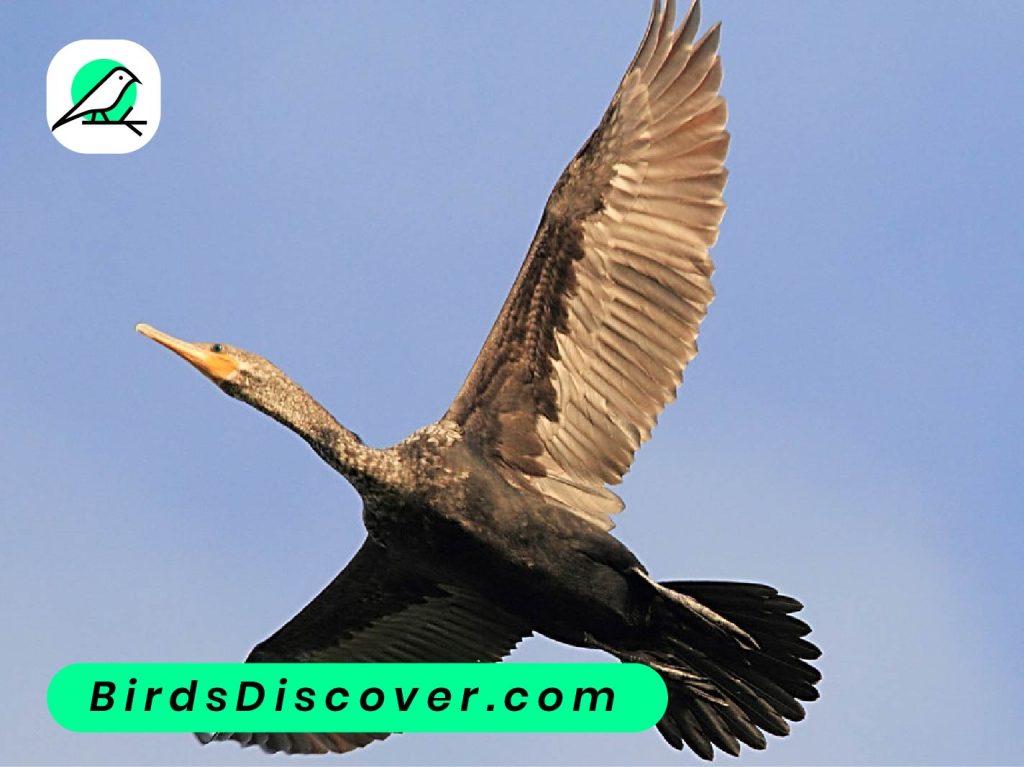
FAQS
1. What is the natural habitat of the Neotropic cormorant?
The Neotropic cormorant inhabits a variety of wetland environments, including rivers, lakes, estuaries, and coastal areas. It prefers habitats with abundant water and fish, such as freshwater lakes, swamps, and coastal lagoons. The species is highly adaptable and can also be found in mangroves and along riverbanks.
2. What does the Neotropic cormorant eat?
The Neotropic cormorant primarily feeds on fish, which it catches by diving underwater. Its diet may include small to medium-sized fish, such as tetras and catfish. Occasionally, it may consume other aquatic prey like crustaceans or amphibians, especially when fish are scarce.
3. How does the Neotropic cormorant breed?
Neotropic cormorants breed in colonies, which can vary in size from a few pairs to several hundred. They build nests in trees, on cliffs, or on the ground, using sticks and other materials. The female typically lays 2 to 4 eggs, which both parents incubate for about 3 to 4 weeks. The chicks are altricial and are cared for by both parents until they fledge at around 6 to 8 weeks old.
4. What are the main threats to the Neotropic cormorant?
Major threats to the Neotropic cormorant include habitat loss due to deforestation and urbanization, pollution of waterways, climate change affecting food availability, human disturbance at nesting sites, entanglement in fishing gear, and competition with commercial fisheries. Invasive species and environmental degradation also pose risks to their survival.
5. How can I help protect the Neotropic cormorant?
To help protect the Neotropic cormorant, you can support and advocate for habitat conservation efforts that preserve wetlands and aquatic environments. Reducing pollution, supporting sustainable fishing practices, and respecting wildlife regulations can also make a difference. Additionally, participating in or supporting local conservation programs and spreading awareness about the species can contribute to its protection and overall conservation.

